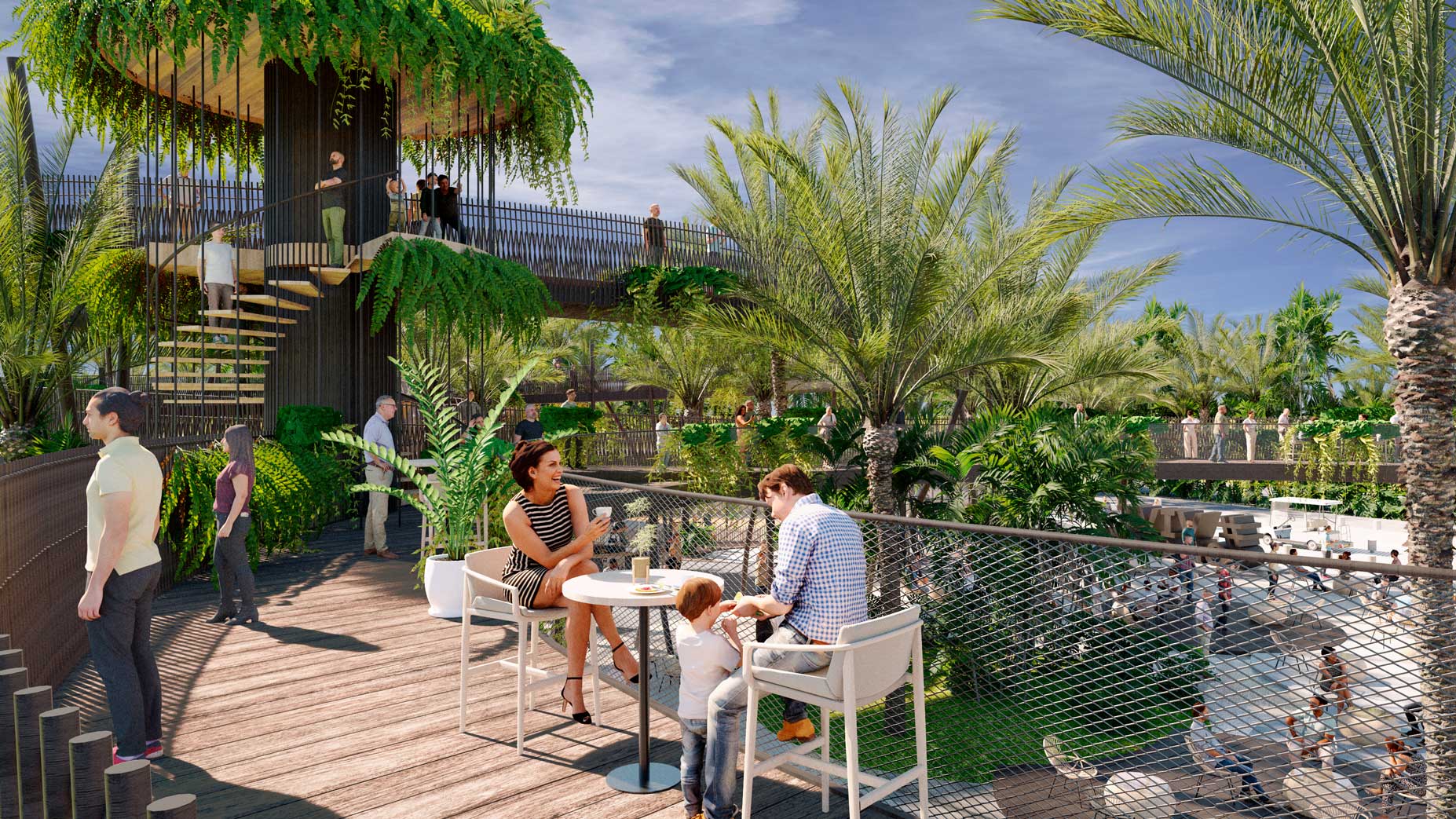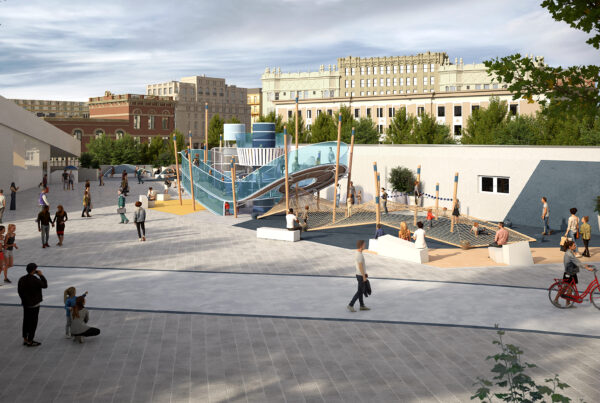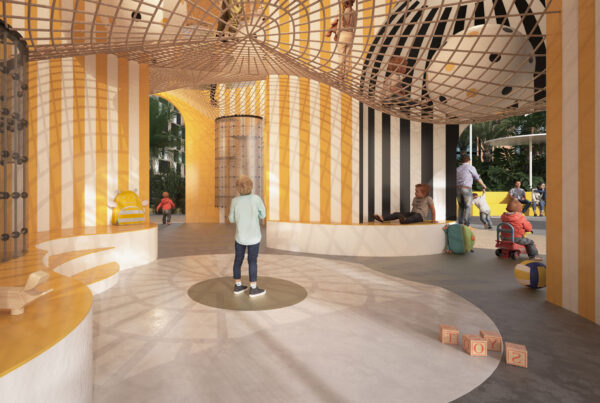In today’s fast-paced world, finding moments of tranquility can be a challenge. In the middle of our busy lives, strategically designed leisure spaces emerge as sanctuaries that support mindfulness, offering a refuge where one can reconnect with the present moment.
A well-thought-out leisure environment promotes mindfulness by incorporating elements that engage the senses and foster a sense of calm. Natural elements such as greenery, water features, and ample natural light are key components. The sight of lush plants, the sound of flowing water, and the feel of a gentle breeze can ground individuals in the present, helping to reduce stress and anxiety.

Cultivating Mindfulness: The Power of Leisure Spaces for Relaxation, Movement, and Social Connection
Moreover, these spaces often include comfortable seating and walking paths that encourage both relaxation and gentle physical activity. This combination is vital, as movement in a serene setting can help clear the mind and improve focus. Walking through a beautifully designed garden or sitting by a quiet pond allows the mind to wander peacefully, facilitating a meditative state.
The social aspect of leisure spaces should not be underestimated. Places that foster social interaction can enhance a sense of community and belonging, which are important for mental well-being. Whether it’s a park, a community garden, or a cozy café, the opportunity to connect with others in a relaxed setting can boost mood and encourage a more mindful lifestyle.

For children, these spaces play a crucial role in fostering mindfulness from a young age. Play areas designed with mindfulness in mind can include sensory gardens, interactive water features, and natural play elements that encourage kids to explore and engage with their environment. Such spaces not only provide physical activity but also stimulate curiosity and creativity, essential components of mindful learning.
Furthermore, investing in well-designed leisure spaces can offer a significant return on investment (ROI) for clients, as these areas not only enhance individual well-being but also contribute to higher property values and increased community engagement.

In conclusion, a well-designed leisure space is more than just a place to unwind; it is a strategic tool for enhancing mindfulness for people of all ages. By engaging the senses, encouraging physical movement, fostering social connections, and offering mindful activities, these environments support individuals, including children, in finding balance and tranquility amidst the demands of modern life. Investing in and promoting such spaces is a step toward a healthier, more mindful society.
Mihaela Maxim Business Development Manager





